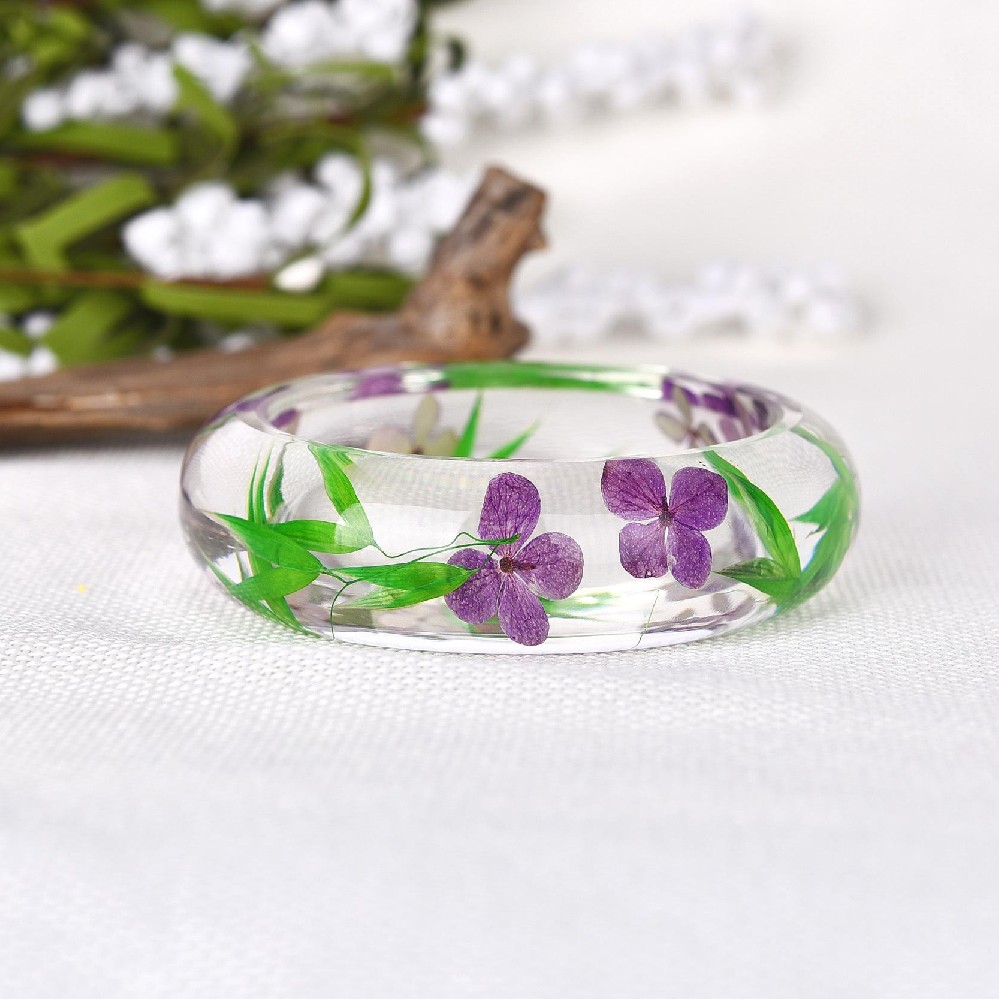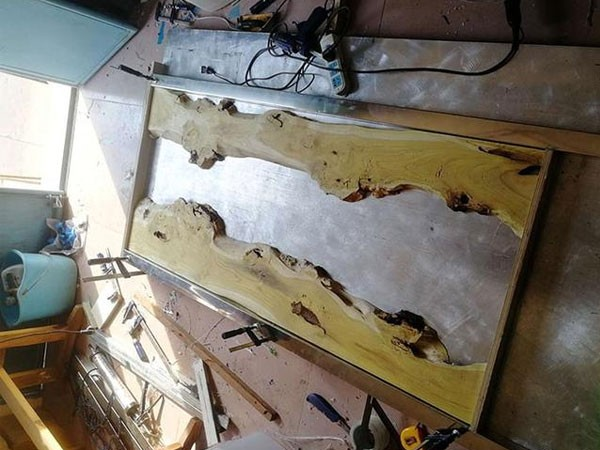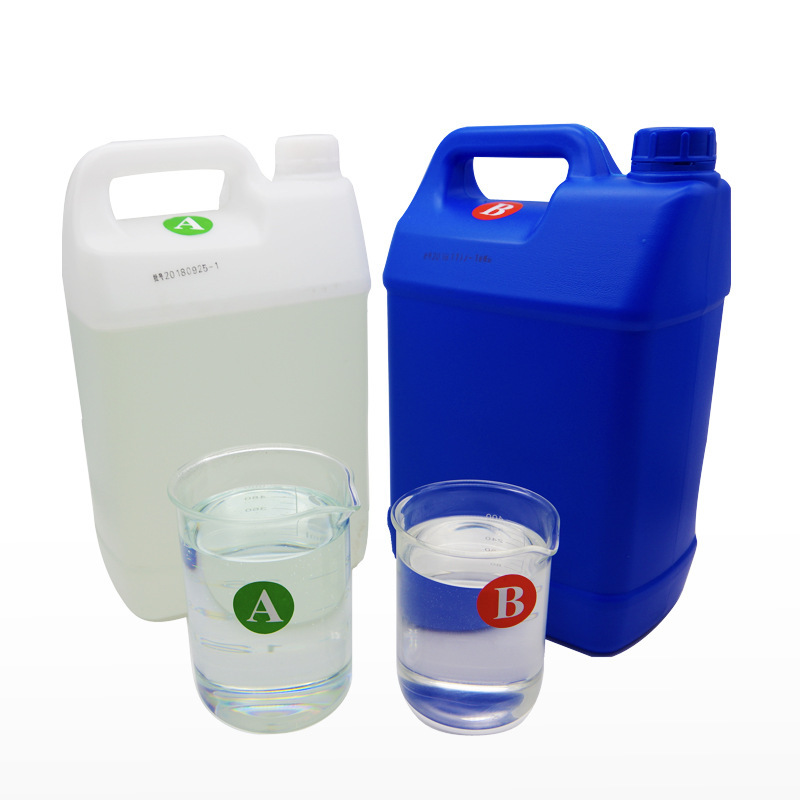

Epoxy resin wood river table filling material and making method
There are many styles and types of resin river tables available on the market at present, but the production methods are largely similar. This might be because most of the tabletops are flat.
Epoxy resin wood river table top filling material and manufacturing method
First, let me mention the materials that will be roughly needed:
1. Main materials: Epoxy resin; wood; oil-based color paste; surface coating polyester (varnish, polyurethane resin or clear lacquer, etc.)
2. Accessories: adhesive tape; PVC board; gloves; masks and all kinds of miscellaneous items.
3. Equipment: Polishing machine; cutting machine; electric drill, etc.
The method for making resin tables is as follows:
1. Wood treatment
The wood used for making river tables must be dry. Excessive moisture can cause problems such as swelling and deformation of the wood. If necessary, it should be baked to remove water first. For loose wood or cracked gaps, epoxy resin can be used for filling first to prevent the accumulation of tiny air bubbles during large-scale pouring.
2. Make the pouring dam.
Based on the shape and size of the river table design, first make a simple frame and enclosure. To facilitate demolding and achieve a smoother surface, a non-stick PVC board or ordinary transparent tape can be used at the bottom. Pay attention to sealing the four sides to ensure that the epoxy resin does not leak out after pouring.
3. Mixing epoxy resin with color paste
Properly mix the epoxy resin glue with the curing agent, and add oil-based/semi-transparent color paste (color essence) for coloring. Pour it into a container and stir it evenly with a wooden stick or a mixer. Let it stand for 15 minutes to remove bubbles before preparing for pouring. If conditions permit, vacuum degassing can be carried out, which will yield better results.
4. Resin casting
Slowly pour the prepared epoxy resin glue into the horizontal placed board mold. The thinner and slower the resin is injected, the fewer bubbles there will be. Then use a blowtorch or a heating blower to preheat and remove bubbles on the surface of the epoxy resin glue. Wait for the resin glue to cure. Keep the environment clean during the curing process. Generally, it takes 24 hours to cure at room temperature, and about 3 hours at 60 degrees Celsius for the epoxy resin to fully cure.
5. Mechanical Processing
After the epoxy resin is fully cured and reaches the processing hardness, it can be planed, sawn or machined.
6. Fine polishing
The sandpaper is used for grinding from coarse to fine (600-1200 grit). After machine grinding, hand polishing is carried out. Fine sponge wheels or wool wheels are used for polishing in combination with polishing wax. After polishing, a resin coating or wood wax oil can be applied according to actual needs.
In the actual production of resin river tables, there may be more details involved.






